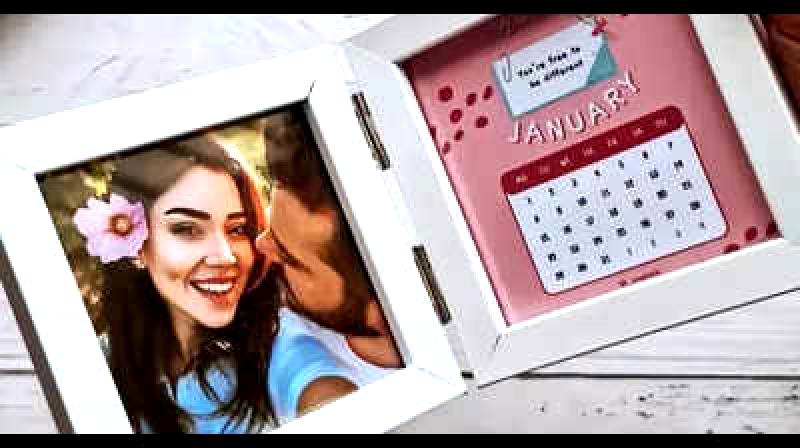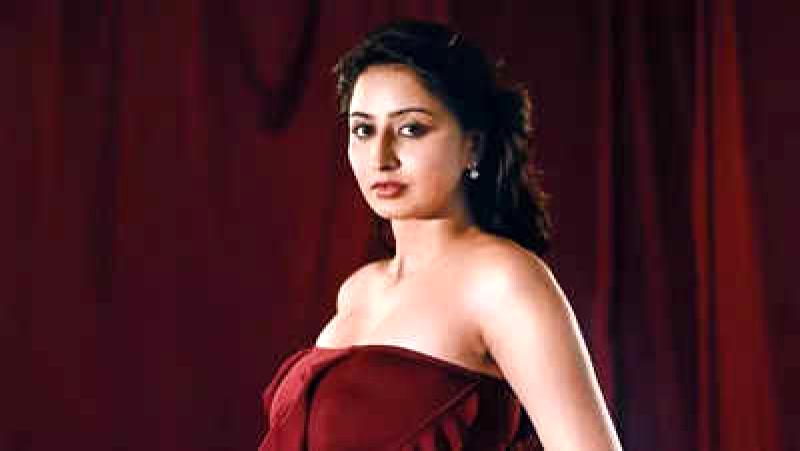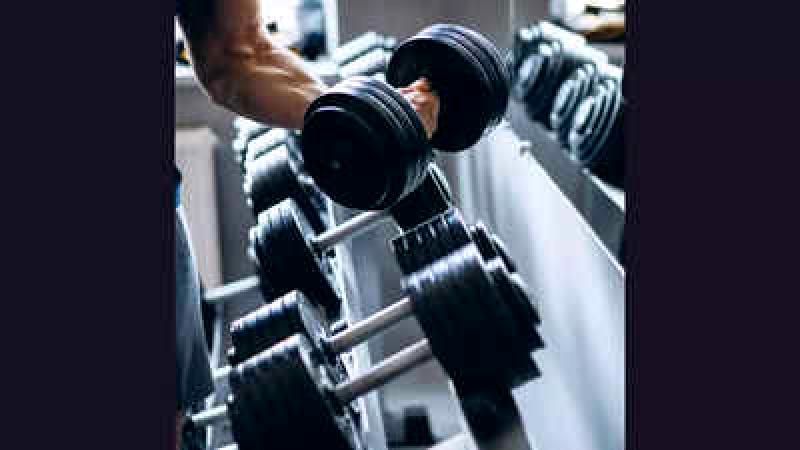
On screen, they are hailed as female heroes, or ‘sheroes’. However, behind the scenes, women in the Kannada film industry are still grappling with establishing their presence and influence. While their performances, costumes, makeup, and hairstyles are lauded on screen, the women responsible for these aspects face challenges in accessing basic facilities like washrooms while working on film sets. The issue of unequal pay is also prevalent. The industry has evolved significantly over the past decade, witnessing a notable increase in the number of women working on film sets, ranging from stylists to choreographers to cinematographers. Despite this progress, the industry infrastructure and culture predominantly cater to men, with the inclusivity of women still being a subject of debate. These women often encounter everyday sexism in their work environment, prompting some to conform in hopes of a better future while others opt to pursue independent work. Here are the voices of these women:
Challenges Faced by Female Technicians in the Patriarchal System - Insights from a Makeup Artiste:
The makeup industry is largely controlled by male 'makeup dadas,' and even the makeup artists' association is male-dominated. We are often belittled by them due to their patriarchal belief that their expertise surpasses ours, rooted in their generational experience. When working through the association, the daily pay can be as low as ₹2,000-₹3,000, whereas external assignments pay around ₹15,000-₹20,000. While lead actresses nowadays may request a specific makeup artist, we are required to work 'alongside' a male artist appointed by the association. I handle makeup inside the caravan, while he assists the actress on set. This setup can be uncomfortable, especially for tasks like adjusting outfits or enhancing cleavage, where the actress must rely on him.Actresses such as Vydurya Lokesh and make-up artistes are often only considered for smaller projects, according to a screenplay writer. There is a prevailing belief among producers that women are better suited for women-centric, low-budget, non-commercial, or artsy films. This mentality leads to stereotypical genre assignments for women in the industry. Some producers even suggest that women should have a "male director's name" attached to their projects to attract audiences. This bias against women is also evident in the treatment they receive on set, with instances of unequal payment and lack of access to basic facilities like washrooms during shoots. While the industry claims to be more inclusive, there is still a long way to go in providing equal treatment and support to women professionals. Stylists like Manasa Sharma highlight the challenges they face in demanding basic necessities and advocating for themselves in a male-dominated environment.More female voices need to be heard, says voiceover artist Sparsha RK. Gender disparity in the industry is evident, where women have fewer dialogues in films, resulting in less work for female dubbing artists compared to their male counterparts. There is a lack of women-centric films and solo songs featuring women, with a focus on duets and 'item songs'. Sparsha RK emphasizes the importance of having more female representation on screen.











